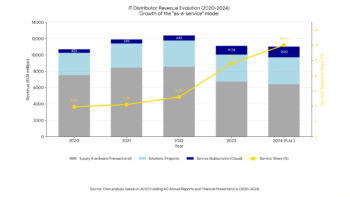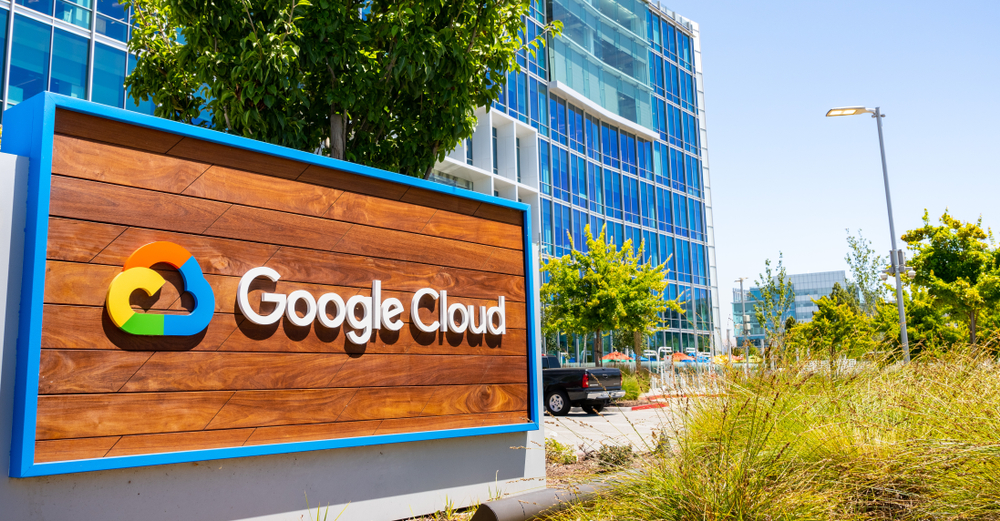Companies are investing in dozens of tools to protect their growing infrastructure. However, this intuitive action creates a dangerous paradox: the more isolated solutions, the weaker the real protection becomes. Fragmentation of security systems is one of the biggest, but often underestimated, risks for organisations today.
Every technical innovation – a new cloud application, the deployment of IoT devices or the move to a remote working model – inevitably expands the company’s digital footprint and, therefore, the potential attack surface. The natural reaction of IT and security teams is to deploy further specialised tools: for endpoint protection, network monitoring, identity management or regulatory compliance.
The logic seems sound – we apply a dedicated solution to a specific problem. However, in practice, this leads to a so-called technological patchwork. According to industry studies, large companies use an average of 45 to even more than 100 different cyber security tools. Instead of creating a solid wall of defence, they are building an archipelago of isolated islands that cannot exchange information effectively.
Hidden costs of fragmentation
This lack of coherence generates serious problems that go far beyond technical incompatibility. The effects are felt at three key levels: operationally, financially and, most importantly, in the level of security itself.
Operational paralysis and alert fatigue
Managing dozens of tools, each with its own interface, logging system and operating logic, is an operational nightmare. Security teams, already facing a global shortage of specialists, are drowning in a sea of alerts. A phenomenon known as ‘alert fatigue’ is causing analysts, inundated with thousands of often false or low-priority signals from various systems, to start ignoring potentially critical alerts.
The lack of a central source of truth makes it extremely difficult to answer the fundamental question, “What is the full picture of the state of our organisation’s security at this time?”. The context of an incident is spread across multiple systems, dramatically increasing the time to respond (Mean Time to Respond, MTTR) and making proactive threat hunting difficult.
Financial drain and inefficiency
Maintaining licences, support and integration for dozens of tools is extremely expensive. Often there is a situation where several different products have overlapping functionality, meaning that the company pays multiple times for the same thing. The cost of integration, if it is possible at all, can sometimes be astronomical and requires constant oversight. As a result, cyber security budgets are spent on maintaining a complex ecosystem rather than strategically strengthening resilience.
Illusory security and real gaps
The most important consequence, however, is the weakening of actual protection. Attackers are well aware of the complexity of corporate systems and can exploit gaps between isolated tools. If an email protection system detects a phishing attempt and the endpoint protection system (EDR) does not receive this information in real time, the response to a potentially infected workstation will be delayed.
Fragmentation prevents contextual awareness – that is, an understanding of how individual digital assets, users and risks interconnect. Without this holistic picture, risk prioritisation becomes a guessing game. Rather than focusing on the most likely attack vectors, security teams are putting out fires in a reactive manner.
Answer: Consolidation on a unified platform
Given these challenges, the technology industry is undergoing a fundamental paradigm shift – away from fragmented point solutions to unified cyber security platforms. The aim is to replace the technological patchwork with a coherent, integrated system that provides a single, reliable source of information.
The unified approach offers several strategic advantages:
- Consolidated visibility: all assets, from employee laptops to cloud servers, are visible and managed from a single location. This enables a complete inventory and understanding of interconnectedness.
- Contextual intelligence: often supported by artificial intelligence and machine learning mechanisms, these platforms can automatically correlate data from different sources. A threat signal from the network is immediately combined with endpoint activity and user identity data, allowing for instant and accurate risk assessment.
- Automation and efficiency: Routine tasks, such as initial analysis of alerts or isolation of infected devices, can be automated. This frees up the time of highly skilled analysts who can focus on more complex threats.
- Simplification and cost reduction: Replacing dozens of tools with a single platform drastically reduces operational complexity and total cost of ownership (TCO).












